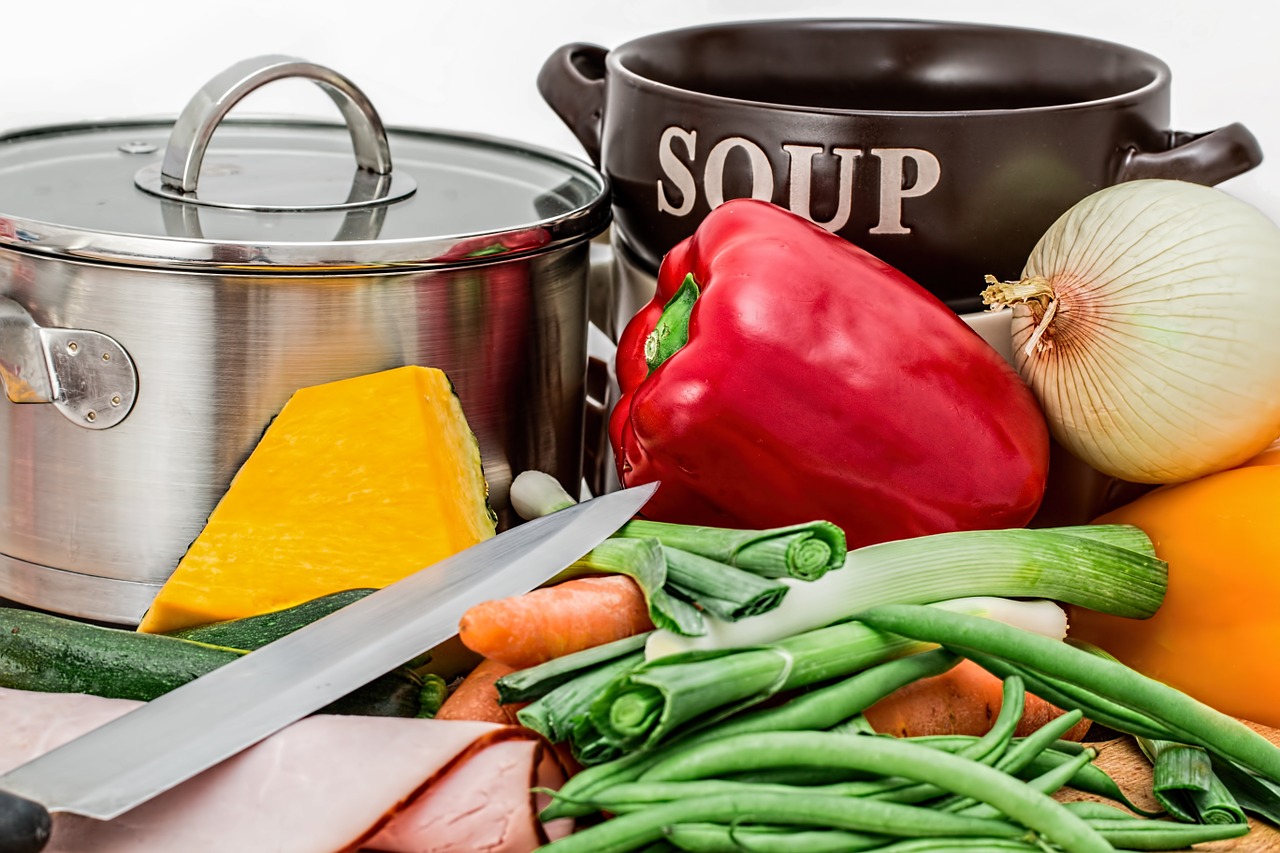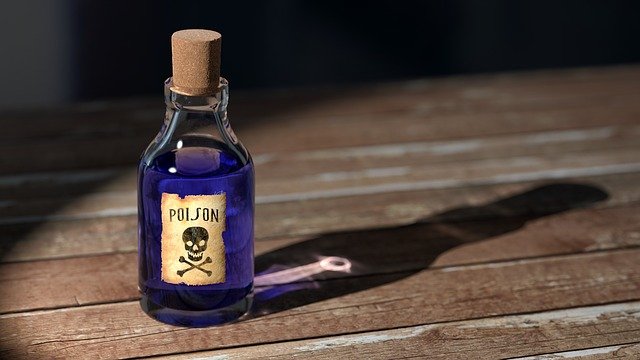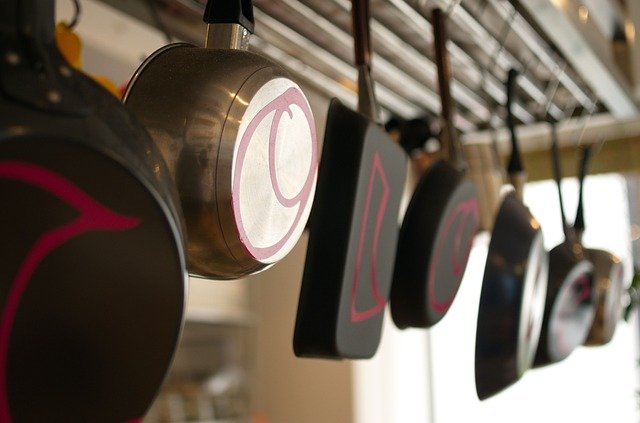15 Fun Family Games to Play That Everyone Will Enjoy
Spending time with the family helps in creating lasting bonds and memories. This does not mean just spending time staring at each other, wondering what to do while watching TV; quite the contrary. Instead, you can spend time having fun by playing family games that everyone will be able to enjoy together.
Whenever you play games with your family, it’s crucial that the game is suited for enabling each member of the family to play. This way, your relationships will be stronger, and you will create memories that are full of fun.
There are different types of games that you can play and enjoy with your family. They include board games, card games, puzzles, electronic games, table games, and more. The trick is to choose a game that the whole family can be involved in together.
If you’d like to plan a family game night just for toddlers, be sure to check out Family Night Ideas with Toddlers.
Board Games
These are some of the most popular kinds of family games. Also known as tabletop games, they consist of all sorts of themes. I’ve played board games with shopping mall themes, conquering themes, and even Star Wars themes. With so many endless options out there, it’s really very easy to find a board game that will appeal to the members of your family.
Or, if you can’t find something that everyone likes, go ahead and rotate the games you play each week so that everyone’s satisfied. You’ll also find that some board games have the strange ability to become more appealing the more you play them!
Popular Board Games:
Monopoly. Being a multiplayer game, Monopoly can be easily played with multiple family members. Some versions have 2 to 6 players, while others can accommodate up to 8 players.
It is based on the random chance of rolling dice and card drawing, which means that all family members can take part in it regardless of their age. Throughout the game, each player has the ability to buy and sell property, collect money, and even collect money from other players.
Themed Monopoly Games: Similar to regular Monopoly, if you happen to have a gigantic family, you can have people work in teams throughout the game so that everyone can have a turn.
Also, if you think some individuals in your family might find basic Monopoly a bit boring, there are many Monopoly themes you could try. For example, our family’s favorite Monopoly game is Star Wars Monopoly.
I mean, really, what better way to spruce up a game than by throwing in a few ships and being able to buy Coruscant? Better yet, you can choose to be Darth Vader, the bounty hunter, or any other major character. This was a childhood favorite growing up.
Checkers. Also known as draughts, the game is played by two players who make diagonal moves on a board. It requires strategy and tactics but can be played by those as young as six years old. So, it’s plenty simple enough for children to play, as well as adults. Not only that, but your children might surprise you!
Chess. This is a two-player game, so you may have to take turns playing if there are more people involved. It requires the use of tactics and strategy but can be played by the novice or the experienced. Chess is an especially intriguing game that never seems to disappoint.
There’s always some new strategy, a missed opportunity, or a new mistake your opponent hasn’t realized they’ve made. While chess may be a bit more complex than checkers, it’s definitely got a lot more depth to keep things interesting.
While younger children can learn how to play chess, they’ll have to have a certain level of patience in order to grasp the concepts. It’s a great learning exercise for children because they will also be forced to remember how each game piece functions, whether pawn, queen, king, knight, rook, or bishop.
If you’re having a big family gathering, you could even coordinate a chess competition with an incentive like a cash reward or some other special prize.
Scrabble: This game allows family members to build words and see who can get the highest points while having fun at the same time. Up to four players can play it. This is a favorite among many families. Plus, it’s actually somewhat educational as well!
Board games may be losing their popularity due to all of the digital options available nowadays, but nothing compares to the feeling of being “unplugged” from the digital world, even if it rarely happens, in order to sit down to enjoy a nice game together that doesn’t involve a screen.
Card Games
The kinds of card games available, as well as the various ways of playing them, are almost innumerable. Degrees of difficulty will range anywhere from very simple to very complex, so there’s an option for all ages.
One of the advantages of most card games is that they usually have various playing styles and rules options.
Since there are so many different options and playing styles, that means that the variety of options is almost endless.
Fun Card Games:
Spoons. Spoons is a card game that can be played by the whole family. You can guess like the name says, that spoons are usually involved, but almost any household item can be used. This game requires a basic card deck as well, so no special purchase is needed.
The goal in this game is to get 4-of-a-kind, enabling the player to grab a spoon. Other players can also grab spoons, and the one left without a spoon loses the round. This game is very easy to play, and there are many great instructions and online resources to help you figure it out if you’ve never played it before.
Go Fish. Two to six players can play this card game, with the main objective being to collect a set of four cards. Players can be as young as four years old, and you can choose the type of card deck that interests your family.
That means that if you have younger children, you can use something a bit more exciting than your traditional card deck by replacing it with a deck that features ocean animals or some other special theme.
Dominion. Up to four players can play this card game. Released in 2008, this game has gained several awards since. It is suitable for those ten years and above as well, so it’s another great game that everyone can enjoy.
For your younger children, you can pair them off with another player so that they can take part, too. Dominion is a very entertaining game with a variety of different kinds of cards ranging from various resource cards to different kinds of action cards (and more), all with quality illustrations.
The thing I like about this game is that when you buy the main set and the handful of expansions, you have all the cards available. Thus, this is vastly different than other deck-building card games like Pokemon or Magic.
That means that when you buy the set and expansions, you’ve got everything and don’t need to worry about hundreds of “collectible” cards that you may happen to come across in sporadic purchases.
Therefore, this really isn’t the kind of game that features an endless supply of rare and collectible cards.
SkipBo. This game has been around for decades and has been enjoyed by countless families. Though it does boast a large deck, it’s very simple to play and has a lot of replay potential. Like “Rummy/500”, another one of my favorite card games, the first person to reach 500 points in this game is the winner.
There are special SkipBo sets out there that can be purchased, but one can also play similar games with traditional playing cards.
Rummy. Ah, this was a “must mention” since it’s one of my favorite card games and one that I have a lot of playing experience with.
Like some of the other games we mentioned, Rummy can be played with a standard playing deck. As mentioned before, the first player to attain 500 points wins the game. One thing I like about this game is that there are so many variations that can be made. In my family, I used to play this game with my grandmother and other family members as a young child.
Players gain points in Rummy by matching cards or different values and suits according to a few basic rules. There’s also the ability to shout “Rummy” out loud in the game when you notice a player has missed a chance to gain more points, so that keeps everyone on their toes.
I’ve probably played this card game hundreds of times. It always accompanies memories of being at grandma’s house.
Electronic Games
Even though I did mention unplugging earlier, there are some family-friendly games that feature options enabling everyone to play. Believe it or not, if not everyone can play at once, your children may surprise you when they’re pleased to watch others play, as long as they’ll eventually get their turn.
In our family, we don’t even bother to play video games unless we can all enjoy them each time. If we can’t all play or enjoy the game being played, it’s just not fun.
With video games, families can have teams just like other conventional games. Whether it’s 1vs1, 2vs2, 3vs1, or a free-for-all, there are plenty of options to stay entertained. The advent of technology isn’t necessarily good or bad, and it’s how we use it that matters.
If you’re a family that simply wants to stay away from video games, that’s fine, too. In our house, no one plays anything unless we’re all playing together or watching each other play.
There are literally thousands of video games for varying consoles available. Your choices will depend on your own preferences as far as what themes you’d like. Do you want sports games, action games, fantasy games, or futuristic games like Star Wars? Very importantly, you’ll have to create guidelines before purchasing video games.
Those guidelines need to be in accordance with things like levels of allowable violence and so on.
Also, here’s a tip: Never give money to your child to purchase any kind of video game on their own. Every game bought in your house should be “checked out” by a parent to be sure it’s acceptable. This is very easily done online by a simple Google search, reviewing parent guides, and so on.
Family Friendly Video Games:
Mario Kart 8. The game can be played by multiple players and would be considered a racing game. Who hasn’t heard of Mario Kart? This game has come a long way over the years and has only gotten better. Mario Kart is a great game for every age and has excellent replay value. Your children will love the ability to choose from a variety of vehicle and character options.
Plus, the levels in this game are beautiful and designed to keep everyone very entertained.
Super Mario 3D World. Being a game that can be played by children and adults, it qualifies as a good family game. It is compatible with Nintendo Wii U. Another game in the Mario genre, this game is sure to please. Even if you played Mario growing up as a child, you will still enjoy this game. Mario just never gets old!
Lego Marvel Super Heroes. The family can have fun by choosing from over 180 Marvel Universe superhero characters to complete various exciting missions and sidequests. This game is great because it’s multiplayer as well and encourages cooperation.
Once all of the missions and quests are completed in this game, players can freely explore the entire Lego version of the New York City map. There’s lots of potential for replay and exploration in this game.
SuperSmash Bros. Playable by up to eight people, the game features many characters such as Peach, Mario, and Megaman. It can accommodate players of all ages and is also available on Wii U. Though this game is technically a combat game, it’s still well within the Mario genre.
One great thing about this game is that it can be quite entertaining to watch with all the little cartoon-like characters jumping in hundreds of directions. Your family will have lots of fun with this one.
Wii Sports Club: If you’ve ever played a Nintendo Wii before, it’s likely that you’ve played one of the many sports games available for it. Sports Club will give you the ability to play with friends and family while competing in any number of sports. These sports include tennis, golf, bowling, and more.
This edition can be played on Wii U as well. There are many various sports games for the Wii. One of my favorite things about sports games is that everyone will actually get at least some physical activity, something that can’t often be said when playing video games.
I tried to pick games that would be suitable for almost any age and would fit within common guidelines that content-conscious parents (like our readers) would have.
Again, I still recommend always checking up on the content of each game before you buy. If you happen to accidentally purchase a game that was more violent than you thought, it’s better to throw it away rather than expose your children to things that don’t fit within your predetermined guidelines.
One more thing about video games…If you choose to play them as a family, it’s still a very good idea to rotate the kinds of games you play on a regular basis. Video games, almost more than any other kind of games, have the ability to suck lots of time out of you and your children’s lives if you don’t have boundaries in place.
Alternate periodically: card games one week, board games the next, video games the third week, and so one.
Family Game Night Is a Necessity
Well, now you should have at least a few different ideas for games you can play with the entire family. Now, there are hundreds more options than what we listed here, but the purpose of this page was merely to give you a good start when choosing potential games.
Most importantly, for those of you who don’t have any kind of family game or party night, please make it a priority to do so starting this week!
If your family game/party night isn’t perfectly organized, that’s just fine. Whether you play games, have fun discussions, eat pizza while watching a movie, or play tag outside while grilling steaks, make a serious effort to set aside a reasonable period of time for you and your children to play and relax.
There’s nothing like anticipating having a blast with your family all week until the “fun day” finally arrives. The home should be a happy place.
In our family, this has been a fundamental way to foster an environment of fun and enjoyment in the home. In our family, we feel like we missed out big time when we aren’t able to have our family game night any given week. Our family game night is on Fridays!
Family Game Night: Fun Games FAQs
What are some easy family games for all ages?
Uno, Jenga, Yahtzee, Spot It, Charades, Scattergories, and Catch Phrase are great games for all ages.
What are good family games for kids?
Age-appropriate games like Candy Land, Chutes and Ladders, Trouble, Operation, and Guess Who are fun for younger kids. Jenga can be quite fun as well, even if they don’t quite understand the rules.
What classic board games does every family need?
Must-haves are Monopoly, Clue, Life, Risk, Battleship, Connect Four, Guess Who, Mouse Trap (amazing game), and Scrabble.
What are quick and easy family games for game night?
Apples to Apples and Pictionary can be played without much setup, and they’re pretty fast-paced.
What are some educational family games?
Scrabble, Trivial Pursuit, Code Names, Chess, Mancala, and Quiddler are educational games for enhancing learning.
What are fun family games to play outside?
Outdoor games like cornhole, croquet, laser tag, ladder ball, spike ball, and badminton. Or, if you want to get lots of exercise in, invest in super soakers, a sprinkler, and water balloons. Then, split up into teams and have a battle.






